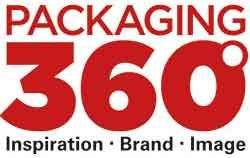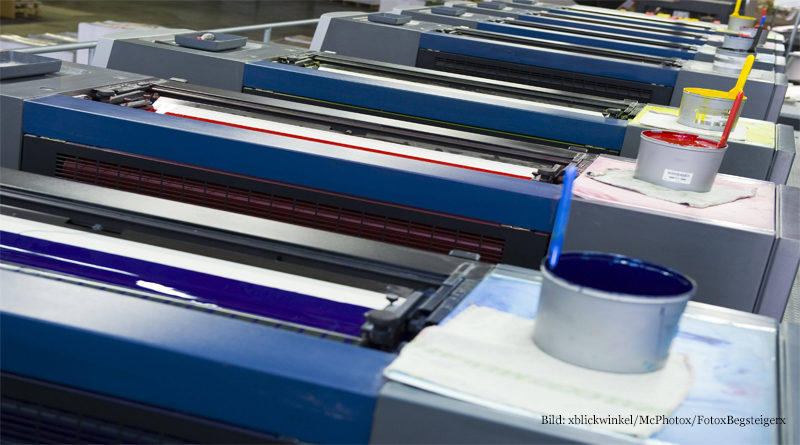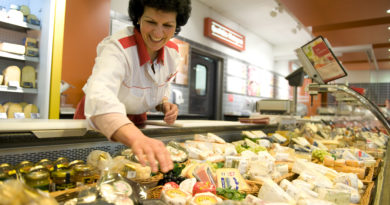Sustainability – in Color Selection as well
Can color trends, sustainability and environmental compatibility be reconciled in packaging? “Definitely,” say experts in printing inks and provide insights into current developments.
Why, some packaging experts may ask, do consumer tastes change so continuously when it comes to color, and the way packaging is designed? Isn’t it just fine the way it is? There are some institutions that announce general color trends or even „colors of the year.“ Among the most important are the Pantone Color Institute, the AkzoNobel Global Aesthetic Center (Dulux) and 4 or 5 trend-setting style agencies. In addition, some of the major color manufacturers each announce their own trend colors. The Pantone Color Institute has the most to say about colors. The printing industry, digital technology companies, the fashion world, interior designers and anyone else who works with color uses the Pantone color guides with thousands of shades.
In this, ackaging experts have to contest on two fronts. On the one hand, they have to pick up on the latest color trends, and on the other hand, the requirements for the environmental compatibility of colors are increasing – also and especially in packaging printing.
Color preferences after 2020
„As we head into the second year of the decade, color trends for 2021 are setting out to provide a drastic response to many trends that defined the past year. In 2019, we thought the coming decade would be defined by futuristic designs and bright, bold colors. Then came 2020,“ says Kathrin Düring, Managing Director Europe of the design platform 99designs, which also looks at design and color trends in the packaging sector.
She believes that the color trends in 2021 will therefore largely feel calming and soothing. „We won’t see a rise in neon colors or crazy contrasts. Instead, the upcoming color trends are softer and feel like they were chosen for people, not computers,“ says Düring.
Sustainability and low environmental impact – in ink selection as well
The second challenge facing printing inks in the packaging sector is their sustainability and environmental compatibility, because printing inks themselves are not fully biodegradable. They contain pigments that must ensure certain resistances of the printing ink and that do not decompose in the composting process. Nevertheless, the EU standard EN 13432 for biodegradable packaging can also be implemented with printing inks if they are formulated accordingly. The standard states that the entire product is considered fully biodegradable and compostable if at least 90 percent of the material has degraded to water, carbon dioxide and biomass within a maximum of six months, according to the Printing Inks Group of the German Paint and Printing Ink Industry Association.
And even if this is not the case, printing inks and coatings can still help create a sustainable circular economy. „Through their technical functional properties, they enable the implementation of all three principles of the Circular Economy: reduce packaging, reuse and recycle,“ Alina Marm, Head of the Circular Economy Hub at Siegwerk, a manufacturer of ink solutions for packaging printing, explains in an interview. She is responsible for guiding the company’s transition toward the Circular Economy. „For example, when switching from plastic to paper, but also from multi- to monoplastic, inks and coatings can help maintain the necessary functionality of the packaging.“ Decisive here are, for example, special sealing lacquers for processing the packaging and barrier lacquers for protecting the packaged goods.
High requirements in the food sector
However, it is not only the basic environmental compatibility that must already be ensured for printing inks in the packaging sector; increasingly strict rules also apply for consumer protection. One of the essential questions here, for example, is: Can printing inks really come into contact with food? Who regulates these special printing inks, and what are these regulations? The printing ink and packaging industry has been struggling with these questions for many years. The result is usually the avoidance of using the inside of food packaging to print information and the non-use of large areas of product packaging by brand owners and printers. But the short answer is that it can be done, but it must be done right, as the Verband der deutschen Lack- und Druckfarbenindustrie e.V. (German Coatings and Printing Inks Industry Association) writes. One company that has addressed this very problem, for example, is Spring Coating Systems.
Due to strong controls in the packaging sector and concerns about the migration of packaging inks and coatings into the food chain, Spring has developed the non-hazardous paint system „DFC“ (Direct Food Contact). The DFC (Direct Food Contact) series is non-toxic and, under appropriate conditions, a compostable alternative to traditional inks.
„Realistically, no single printing technology or process represents an environmentally friendly universal solution. The best option can only be found by all those involved in the process or product in question when taking into account all the relevant factors. Various bodies (e.g. the British Carbon Trust) have carried out studies showing that the carbon footprint of a printing ink in both packaging and newspaper printing is less than one percent of the footprint of the finished product,“ explains the German Coatings and Inks Industry Association. So, acting with good judgement is still possible when it comes to the selection of printing inks.
by Dunja Koewel




